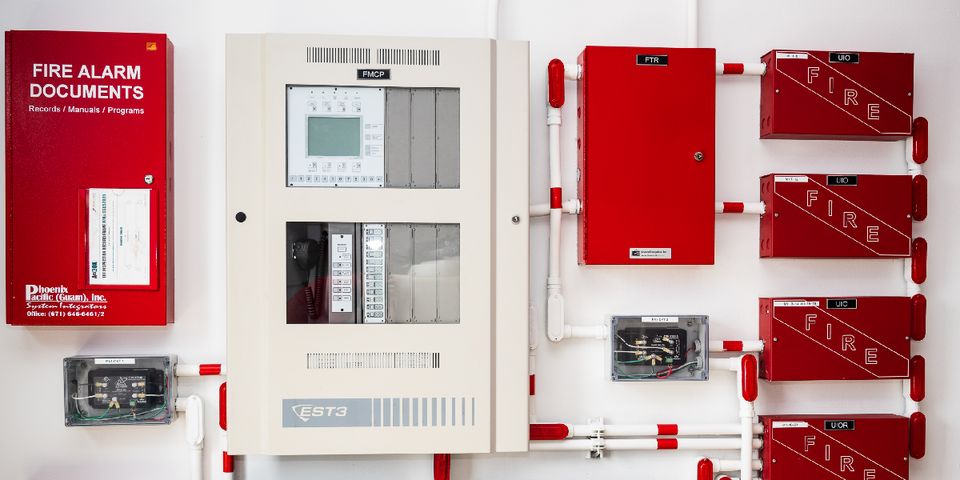A Quick Guide to Interpreting Fire Alarm Panel Signals

As a property manager or facility engineer, you may recognize the importance of a commercial fire alarm system but not fully understand how one works. The beeping signals and number of buttons alone can be overwhelming when interacting with a fire alarm control panel under duress. There is no need to stress over unexpected signals though as most signals indicate a problem that needs technical assistance rather than an emergency. The following guide provides a layman's understanding as to what each signal means so you can get more comfortable with your fire alarm system.
A Guide to Fire Alarm Panel Signals
1. Supervisory
A supervisory signal alerts you of a problem with an external system or device connected to the property's fire alarm system. For instance, high humidity might activate a duct detector, or someone may have accidentally left a sprinkler valve open which would cause a signal to be sent back to the panel to initiate a supervisory signal. You can identify this signal as a yellow light accompanied by a fast beeping sound. Although the supervisory signal indicates that a fire protection professional should inspect the system right away, the problem is not serious enough to be a threat.
2. Trouble

A trouble signal doesn't indicate an emergency. Instead, it means something is technically or operationally wrong within the fire alarm system and should be checked by a fire protection professional. For instance, a Trouble signal will activate when wires are cut or nicked, a battery is depleted, or a device is disconnected. This signal will appear on the panel as a yellow light, but you can differentiate it from a supervisory signal by its slow beeping tones. Modern systems might even indicate the location and kind of problem.
3. Alarm
An alarm signal conveys an emergency. It appears when smoke detectors, manual pull stations, or sprinkler systems activate, and indicates that everyone must leave the building. Unlike other indicators, this signal will appear on the panel as a red light with a regular noise, accompanied by notification devices like horns or speakers and flashing lights stroking throughout the property.
While it can sometimes be a false alarm, such as from a mistakenly activated pull station, you should always treat the situation as a fire event and direct occupants to exit the building until the alarm can be cleared.
If you need help with your building's commercial fire alarms, count on Phoenix Pacific. They can help you with emergency repairs, preventive maintenance, or inspections. These licensed, insured, and NICET certified fire protection system experts have over 45 years of experience protecting properties such as military hangars, college campuses, historical sites, and high-rises. Visit their website or call (808) 682-1000 for more information on their services.
About the Business
Have a question? Ask the experts!
Send your question

